This article is reproduced from autocarweekly WeChat official account.
By Joey
Today, the Economic Reference News, a newspaper under Xinhua News Agency, published an article titled “Why Are Chinese Automakers Enthusiastic About ‘User-Made Cars'”. Indeed, in recent years, with the rise of new forces in car manufacturing, the relationship between car companies and users has changed overnight, and the belief that “the customer is always right” seems to have been forgotten…
In the late 19th century, Marshall Field, the founder of Marshall Field & Company department store, and later Harry Gordon Selfridge, the founder of Selfridges department store, jointly introduced the phrase “the customer is always right”. Later, people commonly believed that the golden rule of business was that “the customer is God”, which originated from this phrase. Today, building a “user-centric enterprise” has become the most talked-about phrase among major automakers.
Because the times have changed.
The times have changed, but the search for user needs never changes
There is no doubt that this is an era of noun explosion, and almost every term that we used to be familiar with appears in a new form every once in a while. For example, statistics that we used to be familiar with have now turned into big data that we are more familiar with. Nowadays, people’s ears can hear the “involution” that causes calluses, which is actually the malignant competition that we used to know as the most direct expression of price wars popular in ancient commercial times.
Therefore, satisfying user needs seems to be the original intention and essence of a “user-centric enterprise”.

The so-called “user-centric enterprise” is not a new term. To satisfy user needs is to be a user-centric enterprise. Of course, with the changes in technology, the form of a “user-centric enterprise” is constantly changing. In the past, all car companies searched for user needs through blindly guessing, and used extremely watered questionnaire surveys to find the same customer demands that all companies have in common, “understand” what kind of car they want and what kind of configuration they need.
Due to the lack of clear directionality in the survey and the large randomness, user needs tend to converge, leading to the convergence of product strength. In the end, everyone produced highly homogeneous products, leading to a new cycle of self-involved competition. In the end, users choose to buy cars based more on their trust in the brand and sensitivity to price, which are the two important indicators.
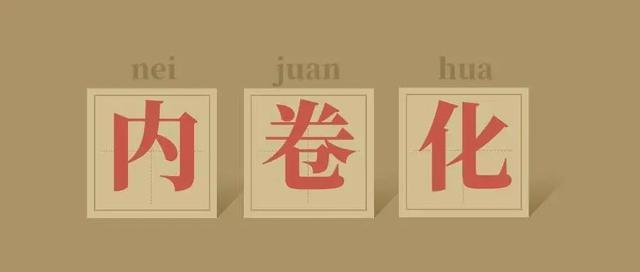 Today, with the development of statistics (i.e. big data), users’ intuitive preferences have gradually become clear and increasingly true. Meanwhile, as new car makers need to survive, users’ demands are no longer limited to product performance only. They are further seeking breakthroughs in Maslow’s hierarchy of needs to satisfy users’ deeper spiritual needs, which have become the new car makers’ winning strategies to shape a brand-new history from scratch.
Today, with the development of statistics (i.e. big data), users’ intuitive preferences have gradually become clear and increasingly true. Meanwhile, as new car makers need to survive, users’ demands are no longer limited to product performance only. They are further seeking breakthroughs in Maslow’s hierarchy of needs to satisfy users’ deeper spiritual needs, which have become the new car makers’ winning strategies to shape a brand-new history from scratch.
Not just users, but also the companions of the enterprise?
In 2019, a NIO car owner projected the NIO logo onto the Shuangxiu Peak in Beijing. That year, the most discussed issue was whether NIO could survive the winter. However, whenever someone asked Li Bin, “Who can save NIO?” he always looked to the users.
Li Bin’s judgment was not wrong. In just one year, by 2020, NIO had delivered a total of 43,728 vehicles throughout the year, and its market value had reached billions of dollars. Just two months ago, NIO’s 100,000th product was rolled off the production line, and it started to expand into Norway. NIO is now starting to enter the global enterprise market, and users play an extremely important role in this process.

Some people call NIO’s interaction mode with customers the “kneeling and licking” mode. Indeed, NIO’s services make it easy for people to think of the company in that way. NIO’s early high-frequency car activities, treating customers to meals, mobile charging to supplement energy, and various other service modes have become daily operations.
What is even more surprising is that NIO also provides a service to pick up and drop off children. Is this the model of a user enterprise? Obviously, general knowledge cannot accurately judge that, but the results can better explain the issue.
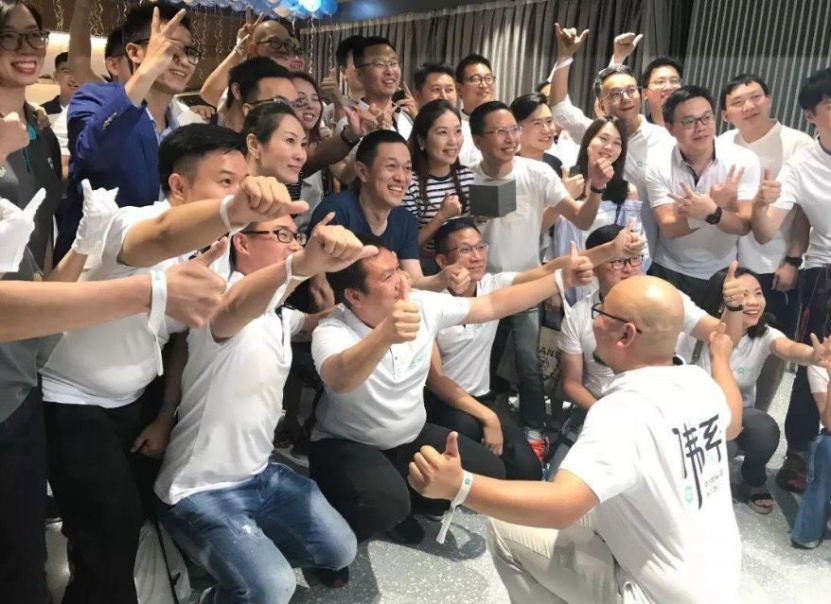
In 2020, 2,552 users became NIO volunteers. They introduced NIO cars to people in showrooms and delivery centers. In their own social circles, NIO users recommend NIO products to others, counting too many to be numerated. Statistics show that half of the NIO cars sold in 2020 were converted from users’ referrals. Users’ recognition has won NIO more users.This is the benefit gained from “kneeling and licking” as people say? Obviously not entirely. As of last year, NIO Pilot has undergone 9 important iterations, all of which came from the 7500 feedback collected from NIO users who have accumulated over a hundred million kilometers. It can be said that their thoughts and preferences are truly valued by the company, and have become the source of loyalty to NIO. With the help of users, the company has continuously improved and introduced better products.
At the same time, the NIO Day co-created by users has become a major event in the industry. Countless companies have turned their attention to this event, paying attention to, analyzing, studying, imitating, and hoping to create another brand which can be recognized by users like “NIO”.
Today, NIO’s trust fund created for users, and the battery swap services launched for long-distance travel, have gradually been imitated by other car companies. However, the model that truly allows users to find their spiritual home is perhaps difficult to replicate in the short term.
It’s not just about valuing, but also providing real feedback to users
There is no doubt that NIO’s model is successful, but whether such a model has become a benchmark for new car brands to create user-oriented enterprises is clearly not yet determined. On November 26, 2020, SAIC Group, Alibaba and Zhangjiang Hi-Tech announced the establishment of a new car company called “IM Auto”.
From the beginning, IM Auto hoped to become a user-oriented company, aiming to unleash its creativity in this era of user enterprises where there is not yet a fixed pattern, and form its own way and win its own market.
Unlike NIO, with SAIC Group as its strong backing, IM Auto does not need to be too worried that the harsh market environment will swallow it up from the beginning. Its strong car-making system strength, strong financial support, and years of corporate model and technological accumulation have allowed them not to “kneel and lick” users at the beginning of the business.
Therefore, co-creating technology and values equally with users has become a brand new path for IM Auto to create user-oriented enterprises. The way to achieve this is the innovative CSOP user data equity platform proposed by IM Auto.
On the CSOP platform, IM Auto will take out 4.9% of its equity to encourage users to co-create with the enterprise. In the daily use of the car, users provide the enterprise with the data support needed for vehicle upgrading by feeding back driving data to the car company. The enterprise then pushes better vehicle upgrade software to the car owners, thereby achieving a benign technical upgrade cycle. However, upgrading is not the whole co-creation process, the important puzzle is the CSOP platform.On the CSOP User Data Rights and Interests Platform, users can obtain corresponding points on the IM Auto APP through data sharing and other channels. These points have the opportunity to correspond to the company’s market value performance, and once the company goes public in the future, users will share equity benefits. Every user can apply these benefits to realize a series of services such as exchanging vehicle software and hardware upgrades.
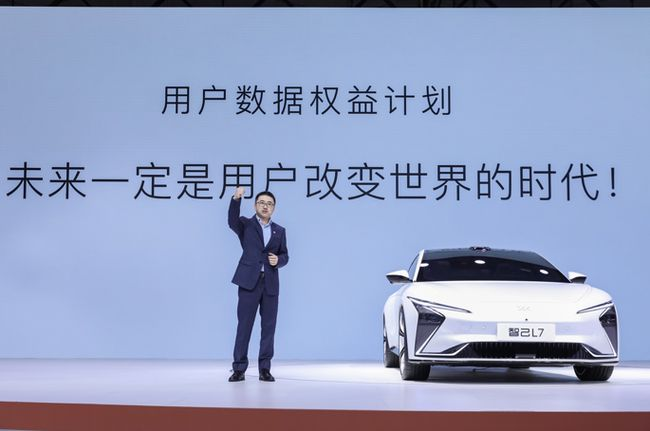
According to currently available information, IM Auto’s users will be able to redeem points obtained through various channels such as data sharing on the CSOP platform, for battery replacements, upgrading laser radars, and other related upgrade services. You can think of it as car mining, or as driving and playing games to win points. Regardless of how you understand it, it is clear that IM Auto’s user co-creation thinking lies in truly obtaining valuable data and providing users with concrete feedback.
Compared to NIO’s emotion-first route, IM’s user-enterprise thinking pattern has less water, and contributions result in feedback that is simple, direct and fair. Of course, all of this truly needs to come to fruition, user benefits need to realize value appreciation, and waiting for the company to go public is necessary, but with three shareholders including SAIC Motor, Zhangjiang Hi-Tech, and Alibaba, it seems that IM Auto’s IPO will not be too difficult.
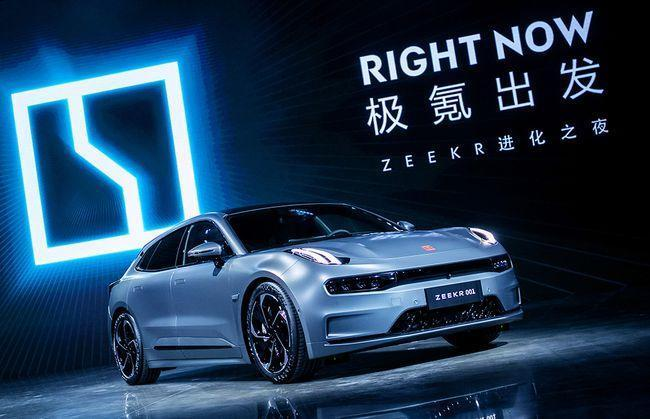
Nowadays, more and more companies are adopting new models like IM Auto that aim to build platforms to achieve true feedback. Not long ago, Geely also took out 4.9% of the company’s equity and created a new brand “We” to co-create with users.
Their specific co-creation model is currently unknown, but I hope they can come up with a new logic. After all, in times with no rules, anyone can try to establish rules.
User-oriented enterprises, looking forward to more exploration models
Steve Jobs once said: “Consumers do not know what they need until we present our products, and they will find that this is what they want.” Undoubtedly, this insight came from the genius who lived in an age where users were still “God.”
However, times have changed. In today’s business logic, seeing users as gods is outdated.
 From the era of crowdfunding economy that began several years ago, users have stepped down from the “altar” and have started to participate in the co-creation process with enterprises, brands and even geeks who exist separately. From a pen or an electronic product to a crowdfunded car or even a crowdfunded rocket, users can participate and co-create in person, which is the characteristic of the new era of business logic.
From the era of crowdfunding economy that began several years ago, users have stepped down from the “altar” and have started to participate in the co-creation process with enterprises, brands and even geeks who exist separately. From a pen or an electronic product to a crowdfunded car or even a crowdfunded rocket, users can participate and co-create in person, which is the characteristic of the new era of business logic.
User intention is truly reflected in the production process of products, and users can fully exercise their right to choose. Enterprises that cannot understand user needs are destined to not survive in this process, which is particularly evident in today’s automobile industry.
Today, with technology companies entering the car manufacturing industry, cars and technology are gradually being integrated and becoming inseparable. Cars are no longer simply a means of transportation, but also a carrier of artificial intelligence. In the process of creating this carrier, software-defined cars and user behavior preferences defined software have become a new co-creation logic that truly exists.
In this journey of capturing user preferences, users have unknowingly become co-creators of car products. Their preferences and habits will guide the creation of smarter software and more advanced travel methods through data. In this process, the relationship between enterprises and users is also undergoing an unprecedented evolution, and more user-centric enterprise models will inevitably emerge.
In the process of exploring and establishing user-centric enterprise models, no one is the benchmark and anyone can try. If I expect any enterprise to come up with a better “user-centric” solution, it might be “LeyBos”, which just entered the market and has taken the user route to the extreme!
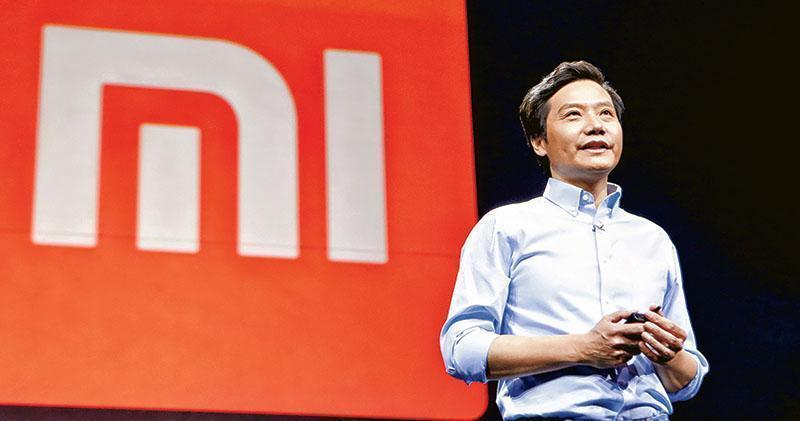
This article is a translation by ChatGPT of a Chinese report from 42HOW. If you have any questions about it, please email bd@42how.com.